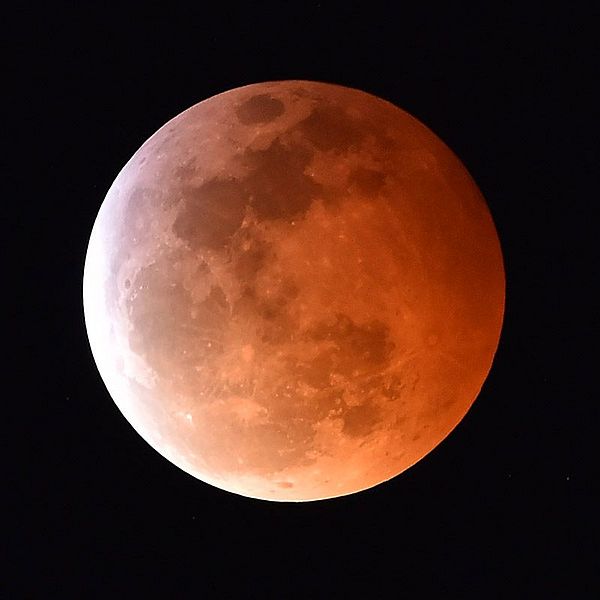The full moon in January has been known as a Wolf Moon for thousands of years, dating back to ancient civilizations.
Indigenous people tracked the changing seasons with a lunar calendar, and the howling wolves of January gave the moon its name.
A rare celestial occurrence in January 2019 brought the full Wolf Moon, a Supermoon and a total lunar eclipse on the same night
Those lunar spectacles combined to give the night sky a red hue. It is an extremely rare phenomenon.
The moon was at its closest point to Earth in its orbit, lighting up the night sky as a striking Supermoon. The eclipse then gave the moon a red glow, creating a phenomenon known as the Blood Moon.
The next Super Blood Wolf Moon is expected in 2029, but you will have to be in the United Kingdom to see it in its entirety.
(Portions of this article were first published in Country Living Magazine)

